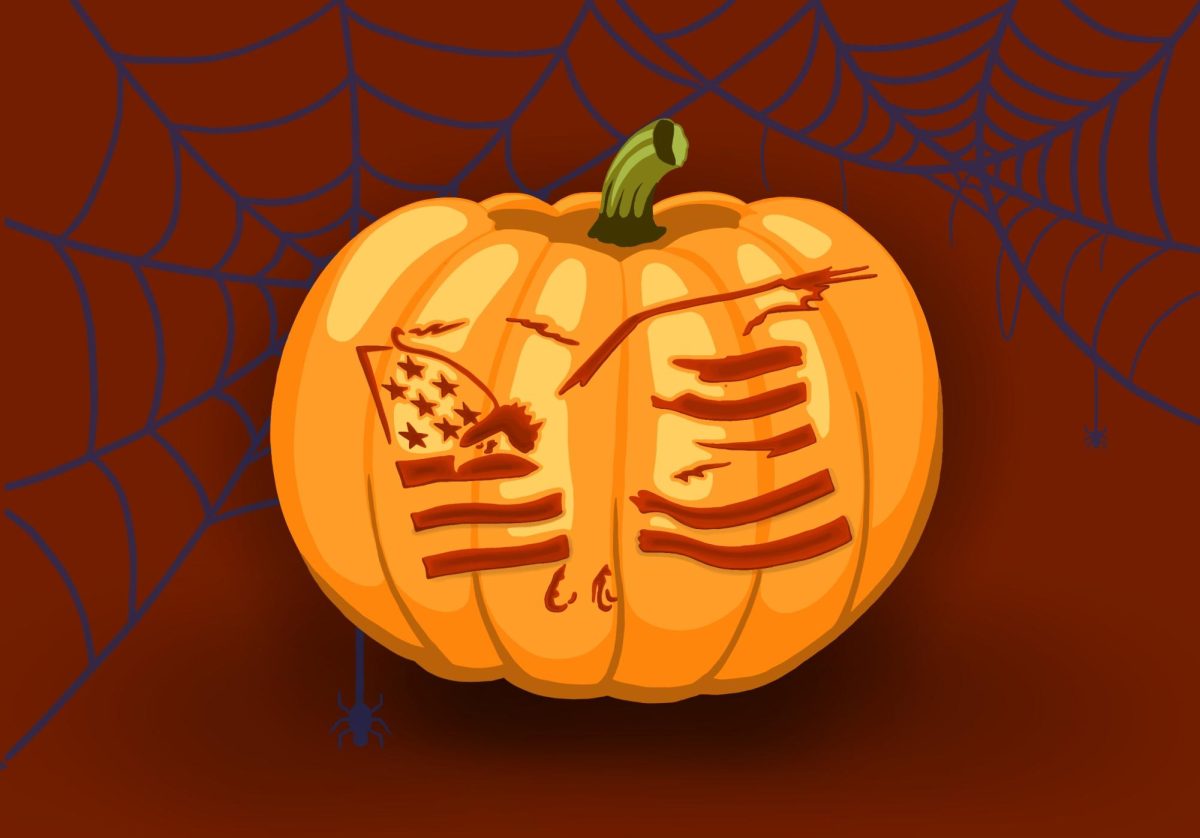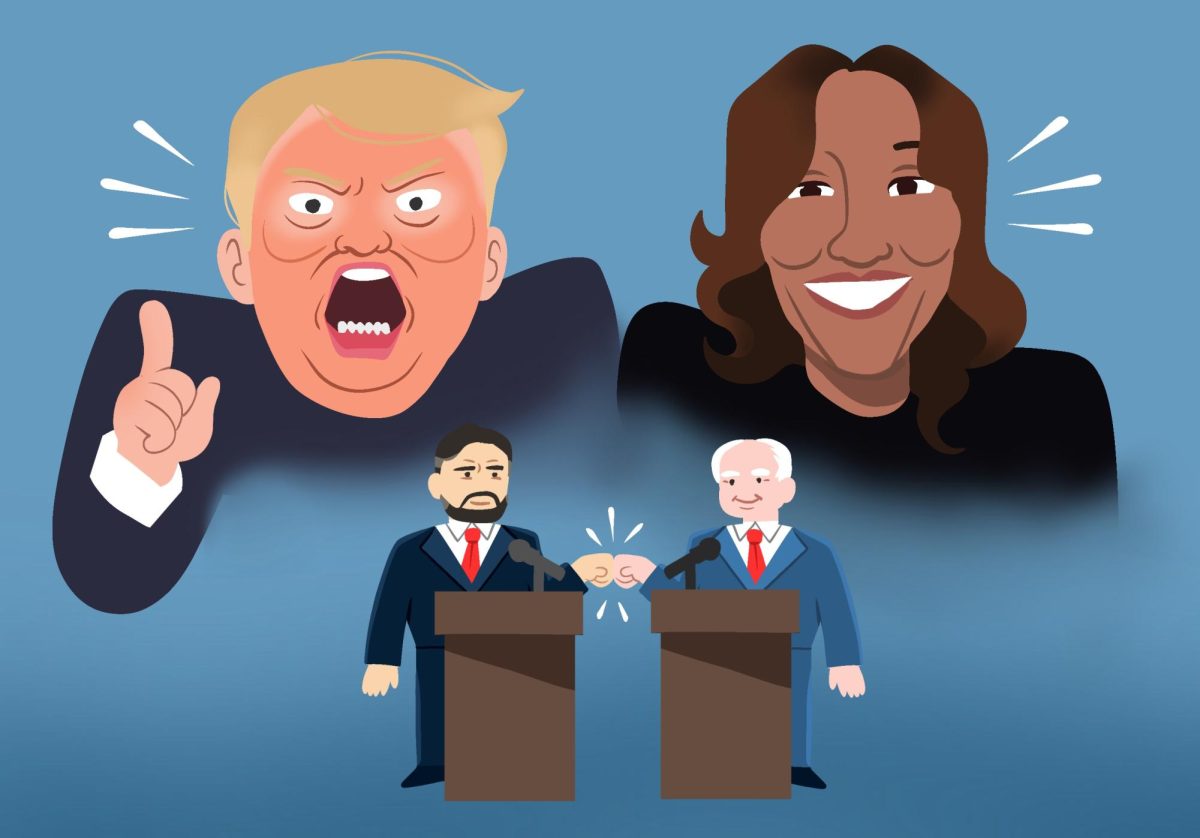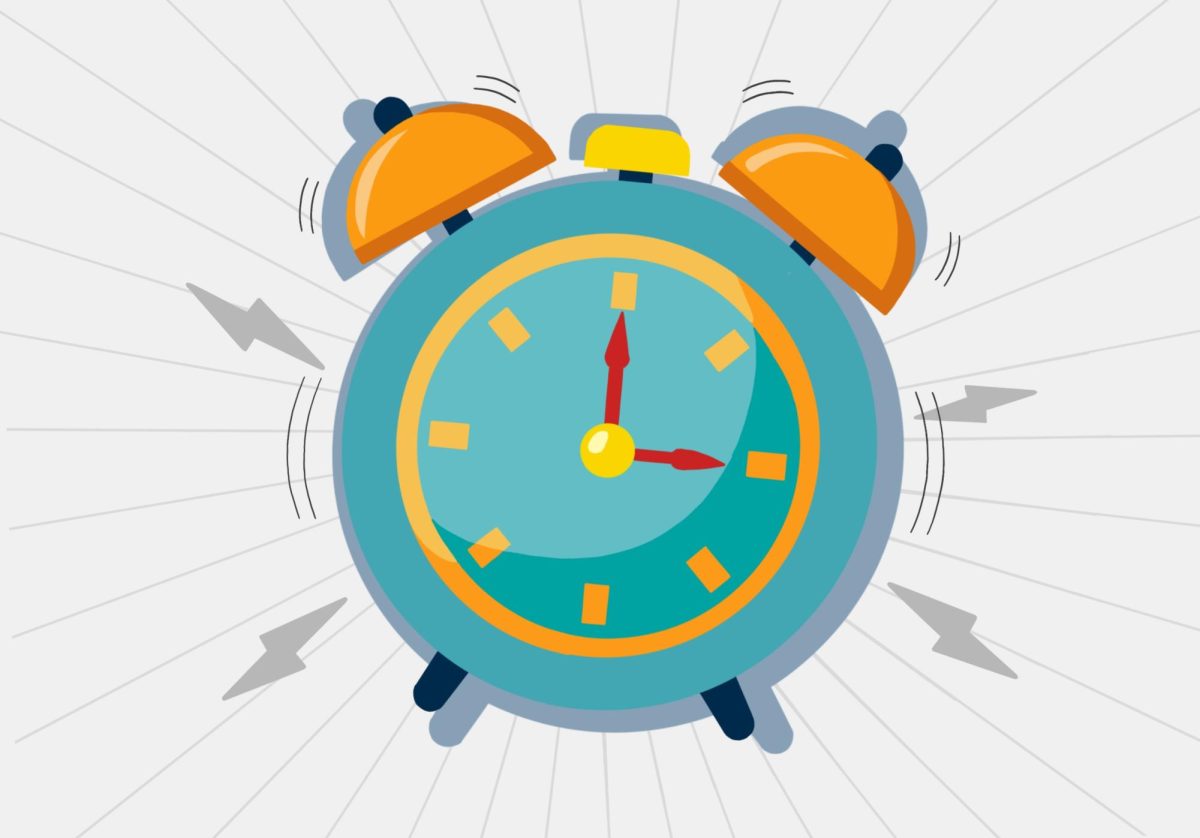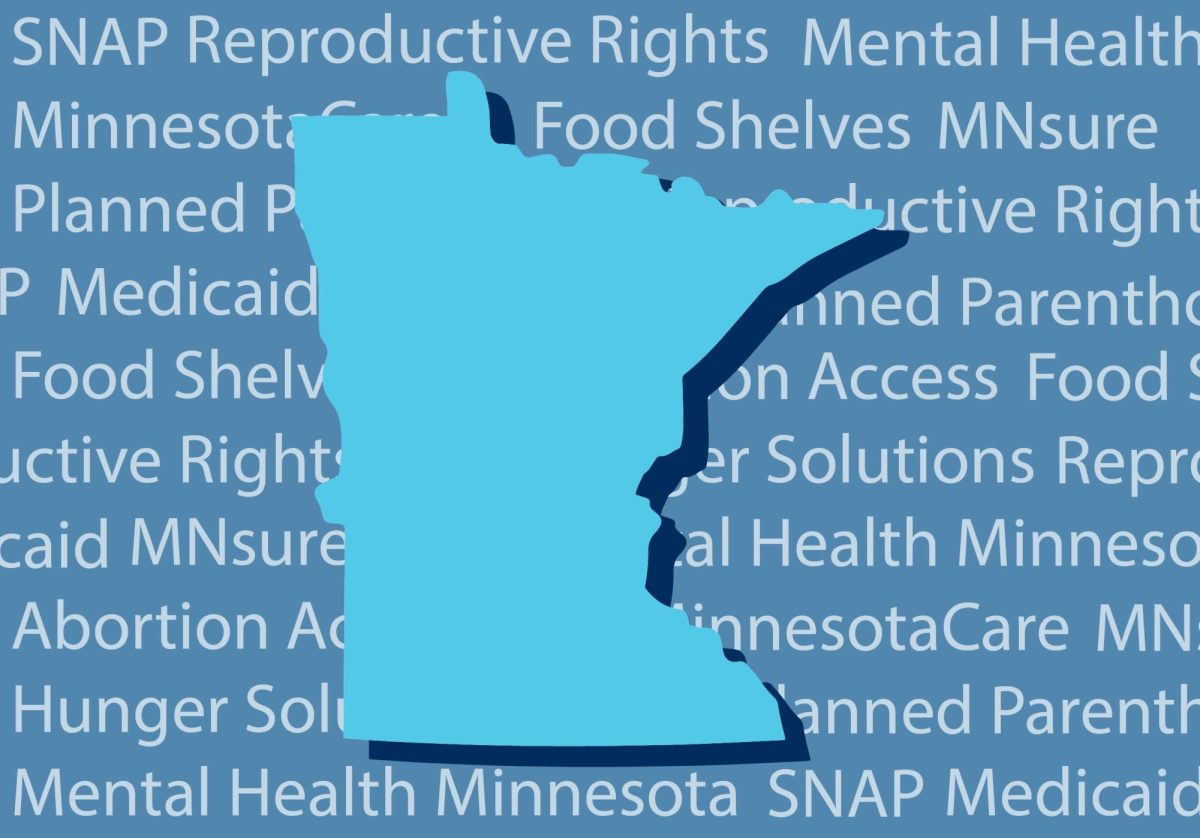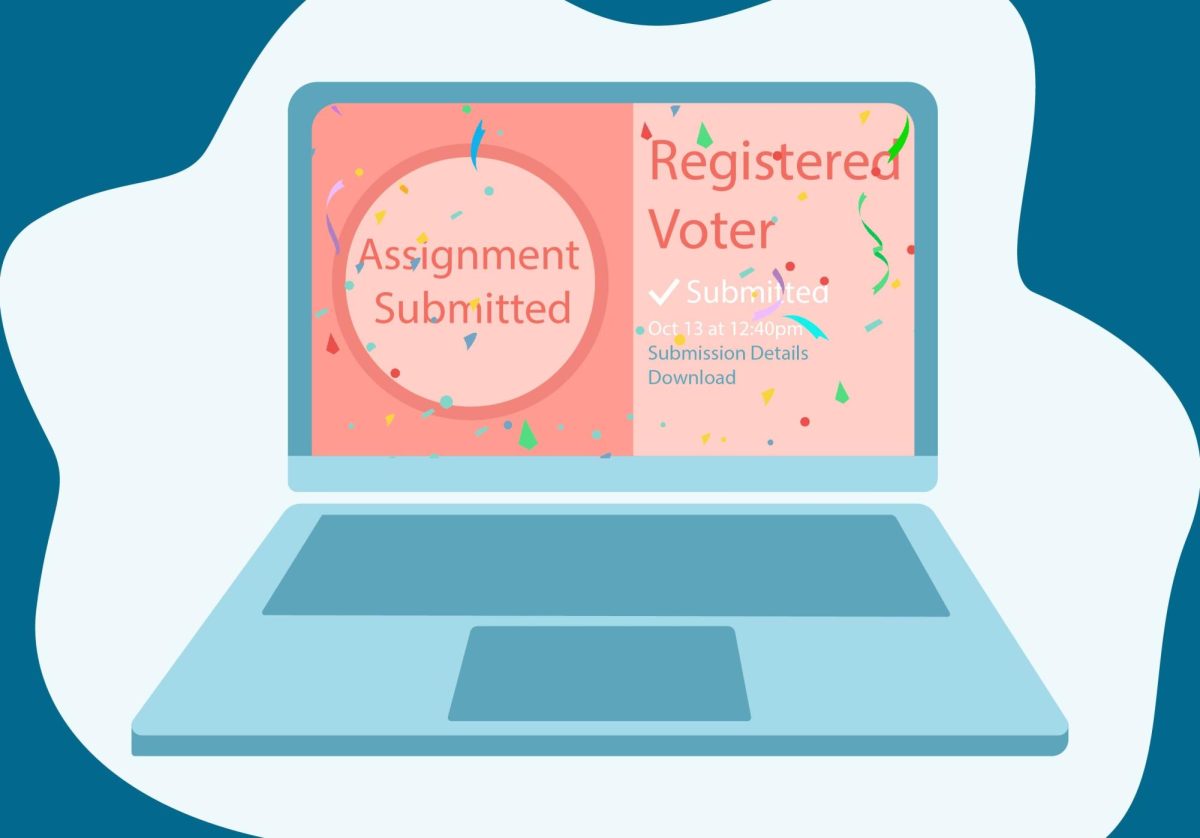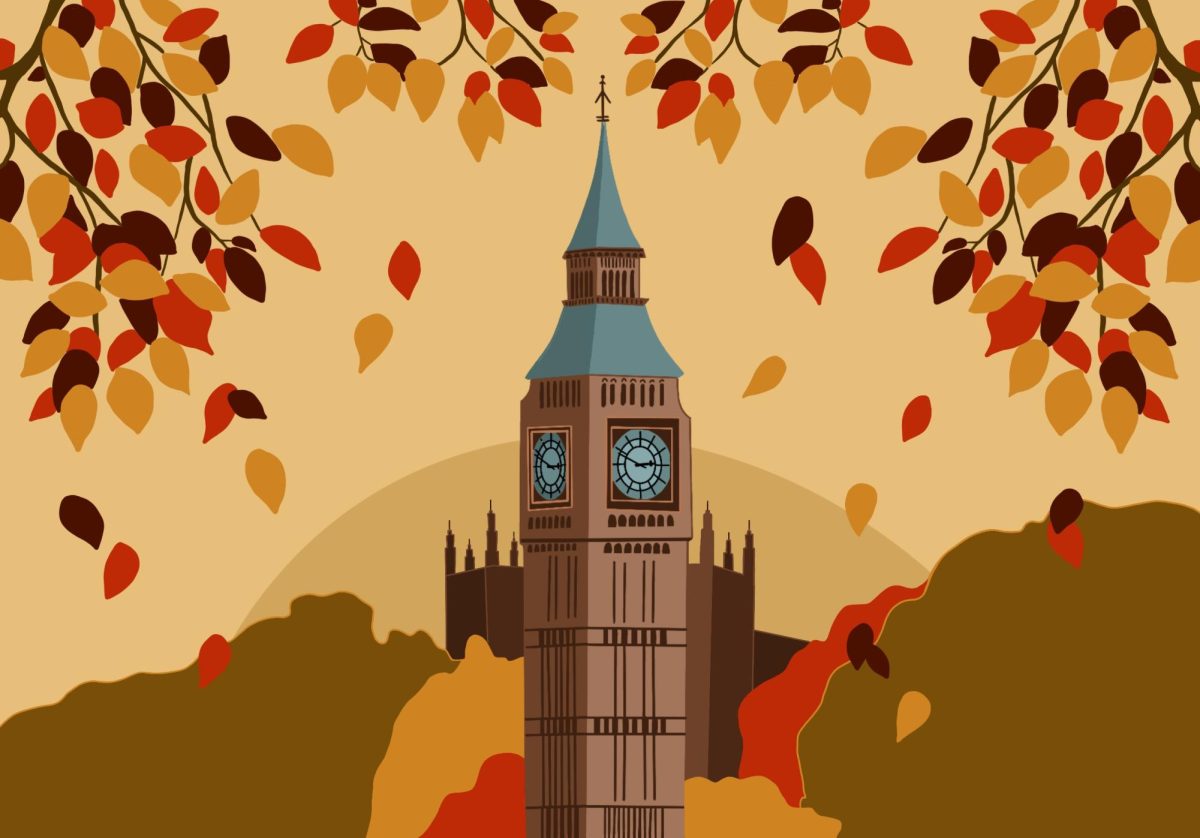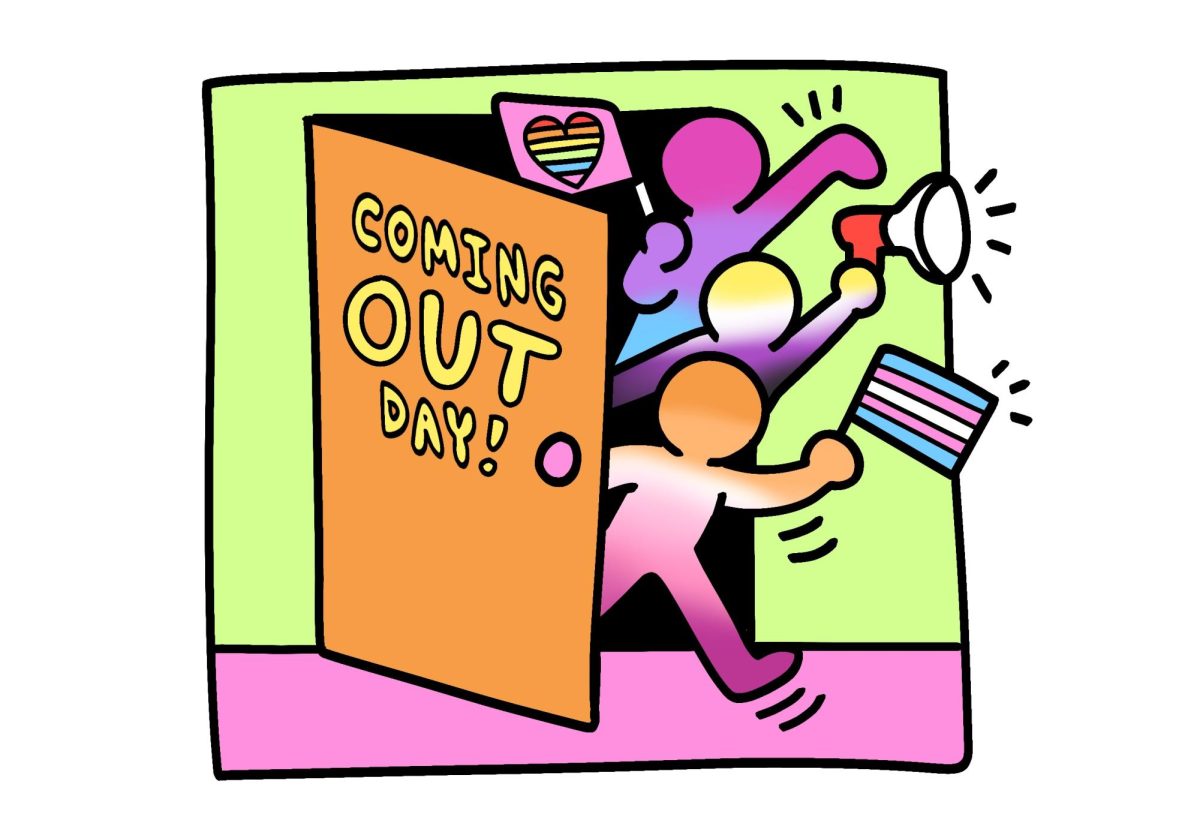A frenzy of fireworks has been erupting in Minneapolis and in cities across the country every night for the last month. Maybe there’s an upcoming expiration date on the country’s entire arsenal of fireworks. Maybe I wasn’t invited to any of these block parties. Maybe nationwide police are celebrating their newfound total acceptance and kindness for the Black community. (They are not.) Be that as it may, the national scope of nightly fireworks seems considerably larger and fairly more coordinated than traditional festivities leading up to the Fourth of July.
We don’t know the source of the fireworks craze, but we know the impact: people are irritated. The fireworks, in a sense literally, hit us where we live. People can’t sleep when outside their window sounds like someone just brought guns to the Thunderdome. I can barely concentrate on writing these words right now because the popping won’t stop.
These firework extravaganzas mimic a theater of war that, under normal circumstances, unnerves people with post-traumatic stress disorder. We are not under normal circumstances, though.
Trust has been rapidly declining in law enforcement. Three weeks ago, the national guard was deployed to Minneapolis and used military equipment against residents. That impacts an entire population’s mental health. The barrage of mines and mortars echoes the acute circumstances of that period and consequently prevents people from mentally and emotionally recuperating from a crisis mindset.
With the exception of Juneteenth celebrations, I’ve rarely seen any visual displays to accompany the sound of explosions in my neighborhood. Neither have my friends in other areas of the Twin Cities. Hands down, this month has been the worst pyrotechnic grand finale that I’ve ever involuntarily attended.
The anomaly of this situation is twofold. These popping rounds don’t have the aspects of the season’s garden variety patriotic barbecues. First, fireworks are an observed event. Spectacle is the point. What kind of fireworks sound like an Old Testament thunderstorm and don’t illuminate the sky in some way? Second, if some blasts are powerful enough to shake the dust off my bedroom walls, shouldn’t I be able to see at least a trace of pyrotechny? Or hear hoopla from the backyards setting them off? For all this ruckus, at least one person must be enjoying the show.
Some theories attribute the spike in firework activity to the pandemic’s impact on Fourth of July events and, consequently, the pyrotechnic industry. Without the usual public gatherings, there’s no demand for professional display fireworks, and pyrotechnic companies have to compensate for that lost revenue. Firework retailers have reported an uptick in sales on consumer merchandise, asserting that people have increased time on their hands and need a release after months of quarantine.
At the moment, at least 21 million people are unemployed in the United States. This explanation supposes that, with this fresh chunk of free time, people are flocking to firework stores across the country and spending their unemployment checks on Roman candles and bottle rockets. Maybe so, but some explosions have the magnitude of professional-grade blasts. If the prolonged firework show is entirely carried out by consumers, then consumers must be acquiring materials from a black market where unauthorized fireworks sell in bulk for cheap. How else to account for the seemingly endless supply of explosives?
Another theory, a conspiracy of sorts, suspects that the nationwide salvo is part of a government counterinsurgency program. A conspiracy theory, sure, just like the way Watergate started. Considering law enforcement’s excessive measures against cities active in the Black Lives Matter protests this month, the idea that the government could be employing a psy-op to subdue a social movement isn’t out of left field. Swarms of helicopters and armored vehicles on residential streets served to surveil and intimidate residents. The drumfire piercing through urban areas every night reimposes the severe distress of that situation. People have every reason to be paranoid — especially in Minneapolis, where at least 113 people have been shot since Memorial Day.
Mayor Jacob Frey has called on the FBI and Hennepin County Sheriff’s office “for help to quell spiking violence,” according to MPR. We’ve seen this movie before. The FBI’s track record for dealing with social movements, however, notoriously suppresses voices and people, not violence. We can look to the FBI’s series of COINTELPRO operations against liberation movements as an example. Short for Counterintelligence Program, COINTELPRO intended to neutralize, intimidate and discredit social movements, such as the Black Panther Party and the American Indian Movement, by using firmly illegal tactics: groundless raids and arrests targeting movement leaders, manufacturing fraudulent documents to spark internal strife, tasking faithful news outlets with disseminating false information, paying provocateurs to invade protests and incite violence, arranging for local law enforcement agencies to bait and harass groups and their members, death squads and disappearances — to name a just a few of their strategies. The program ran from 1956 to 1971. That’s 15 years of state-sponsored, taxpayer-funded terrorism, if the terror stopped there. Black communities have been intimidated into submission by law enforcement pretty regularly since 1971, so technically the terror has never stopped. The people in power can end that terror if they want. The terror has yet to end.
Other firework hypotheses suggest cops are putting matches to the commotion. With citizens far and wide urging to defund police departments, the unyielding kabooms may be officers’ means of expressing frustration. Firefighters have also been reported taking up the new hobby. Conversely, they may serve as an artifice meant to convince us that cops are necessary. In that case, why have there been 336 firework complaints in Minneapolis?
Is it because our law enforcement has been diligently investigating the recent shootings in our city? Since no suspects have been apprehended in connection to the mass shooting in Uptown on June 21, that doesn’t seem to add up either. Moreover, the police allegedly misreported a death from that tragedy, only deepening the public’s distrust.
Are ordinary residents launching firecrackers on their lawns? Almost certainly. I wish they would stop. It’s the most obnoxious time of year, occasional fireworks are expected. But we are not hearing, and in many cases aren’t seeing, standard summer excitement. They sound like landmines, not sparklers. Even supposing these fireworks are disconnected incidents of people blowing off steam, all happening at once in urban communities coast to coast, that still should be investigated, but it’s not. Explosive fireworks are illegal in Minneapolis, and the perpetual brouhaha is alarming in light of widespread civil unrest.
Our history includes the Chicago Boys and Argentina; New Orleans’ reconstruction after Hurricane Katrina; American actions post-9/11 in Iraq, in general; FBI COINTELPRO’s civil rights crushers; and so much more, all kinds of scorched-earth remedies to the radical notion that everyone gets a chance at progress. If the firework conspiracy theories sound like tin-foil-hat doctrine, I remind you that the United States — at home and abroad — is no stranger to shock and awe.



